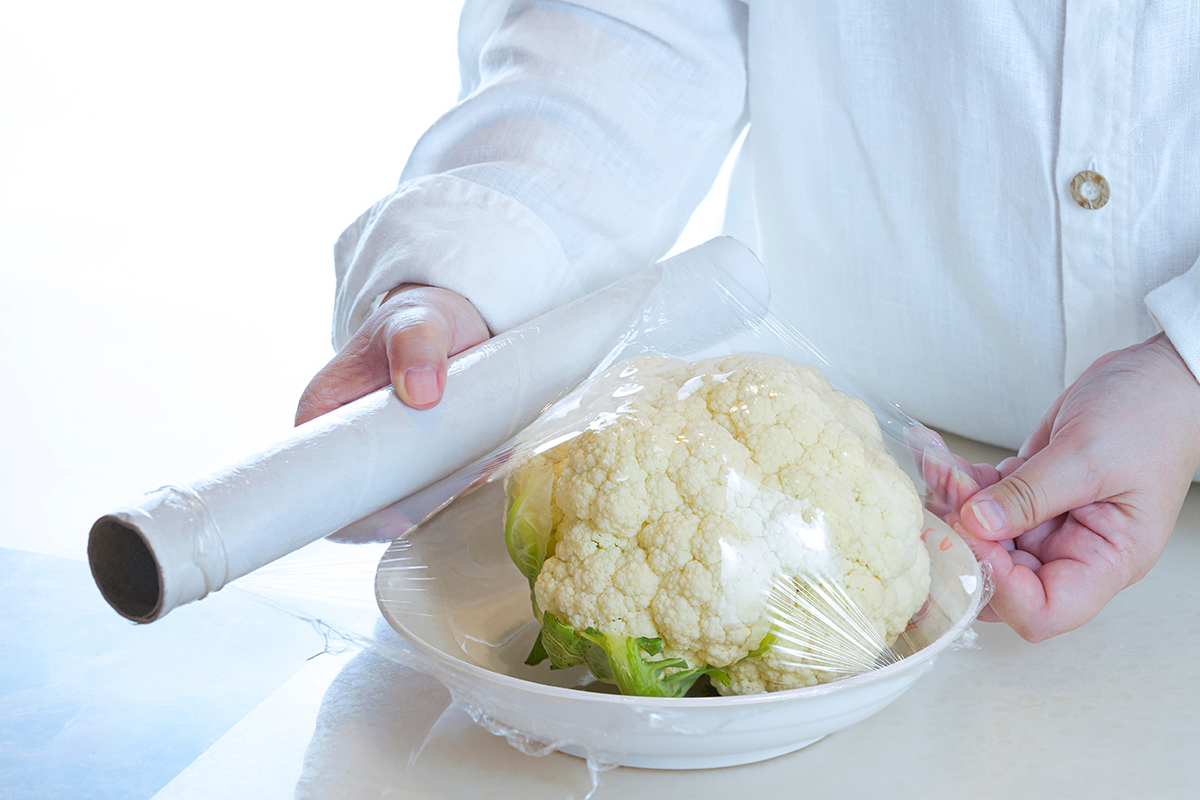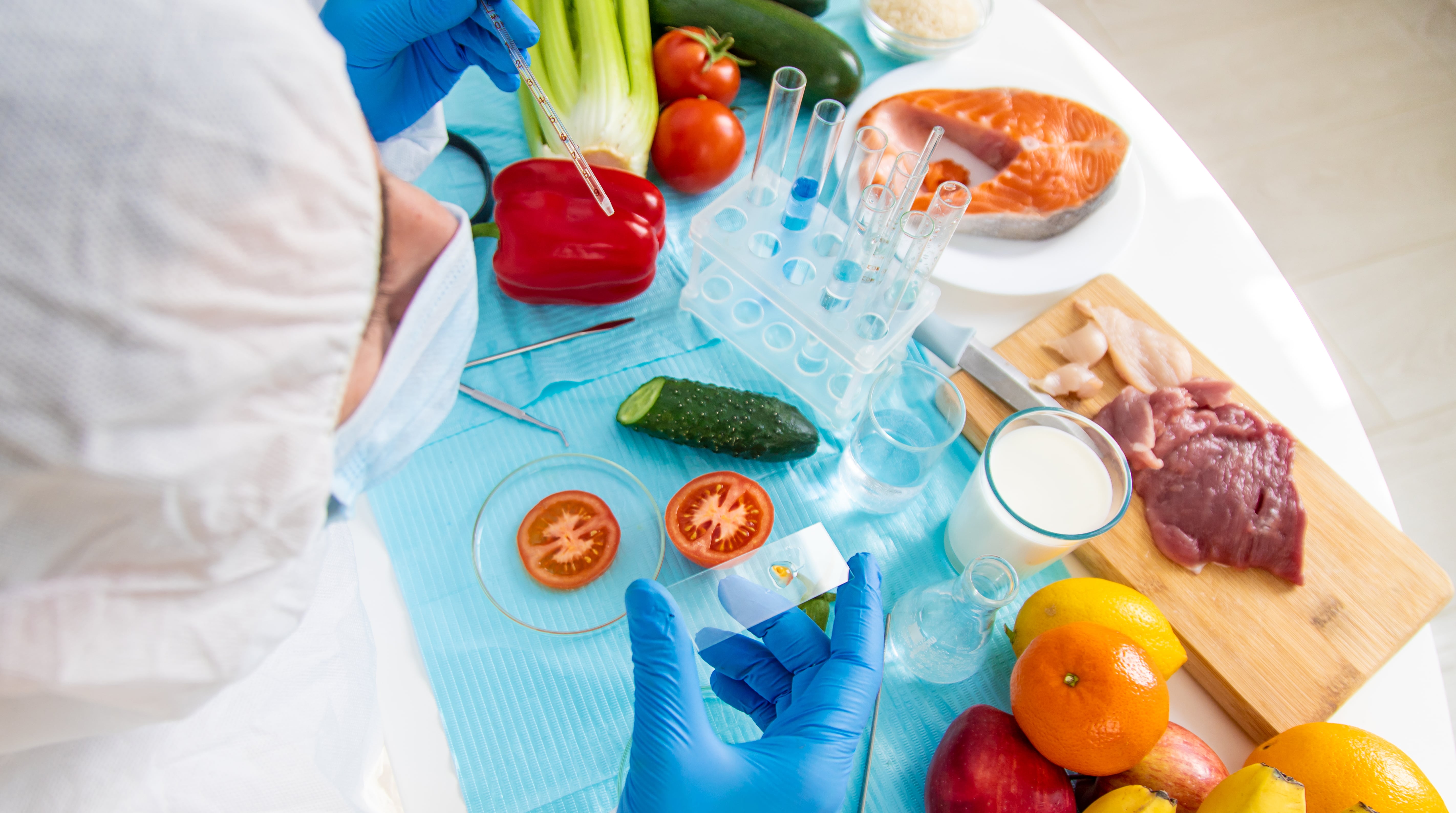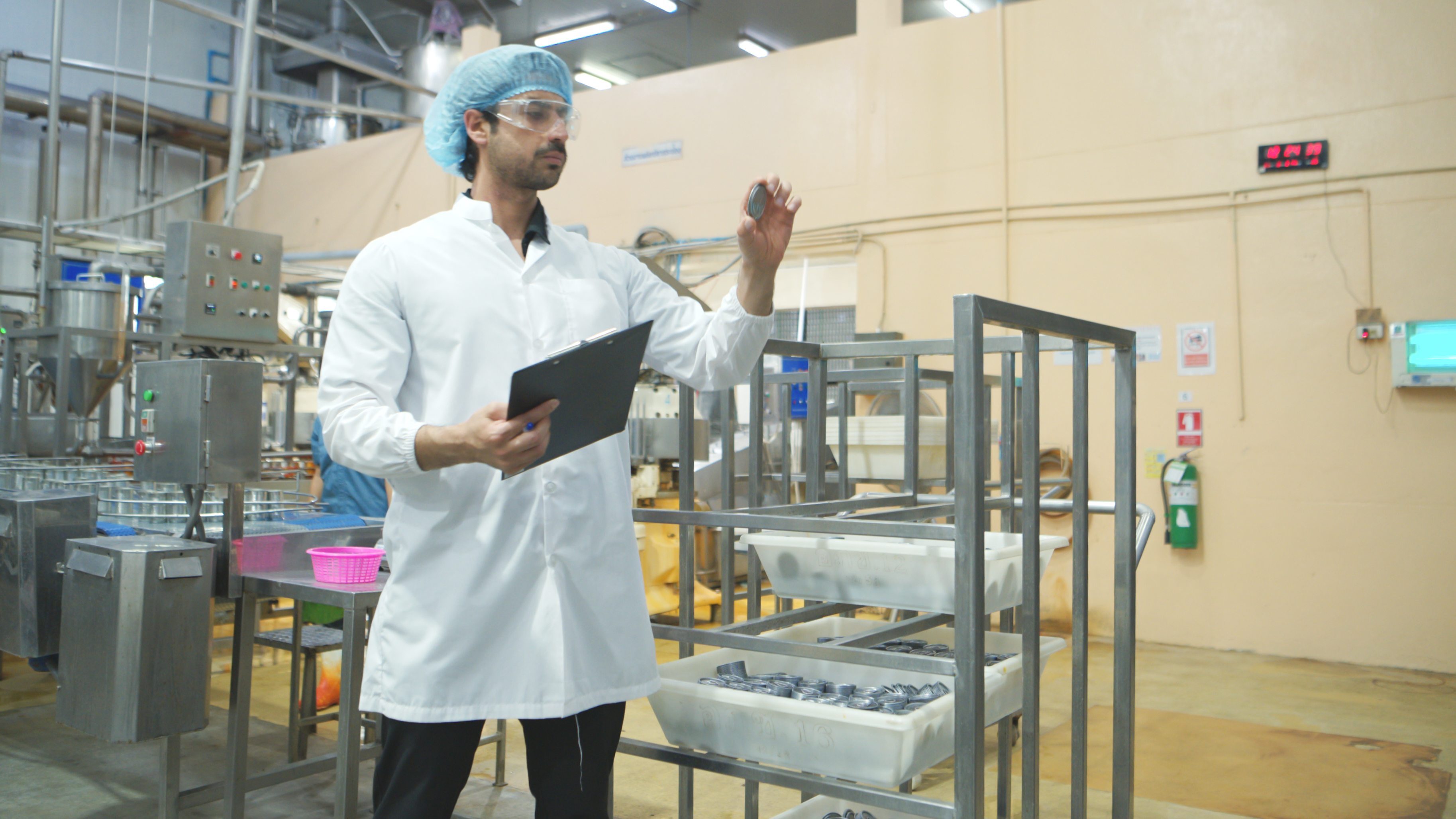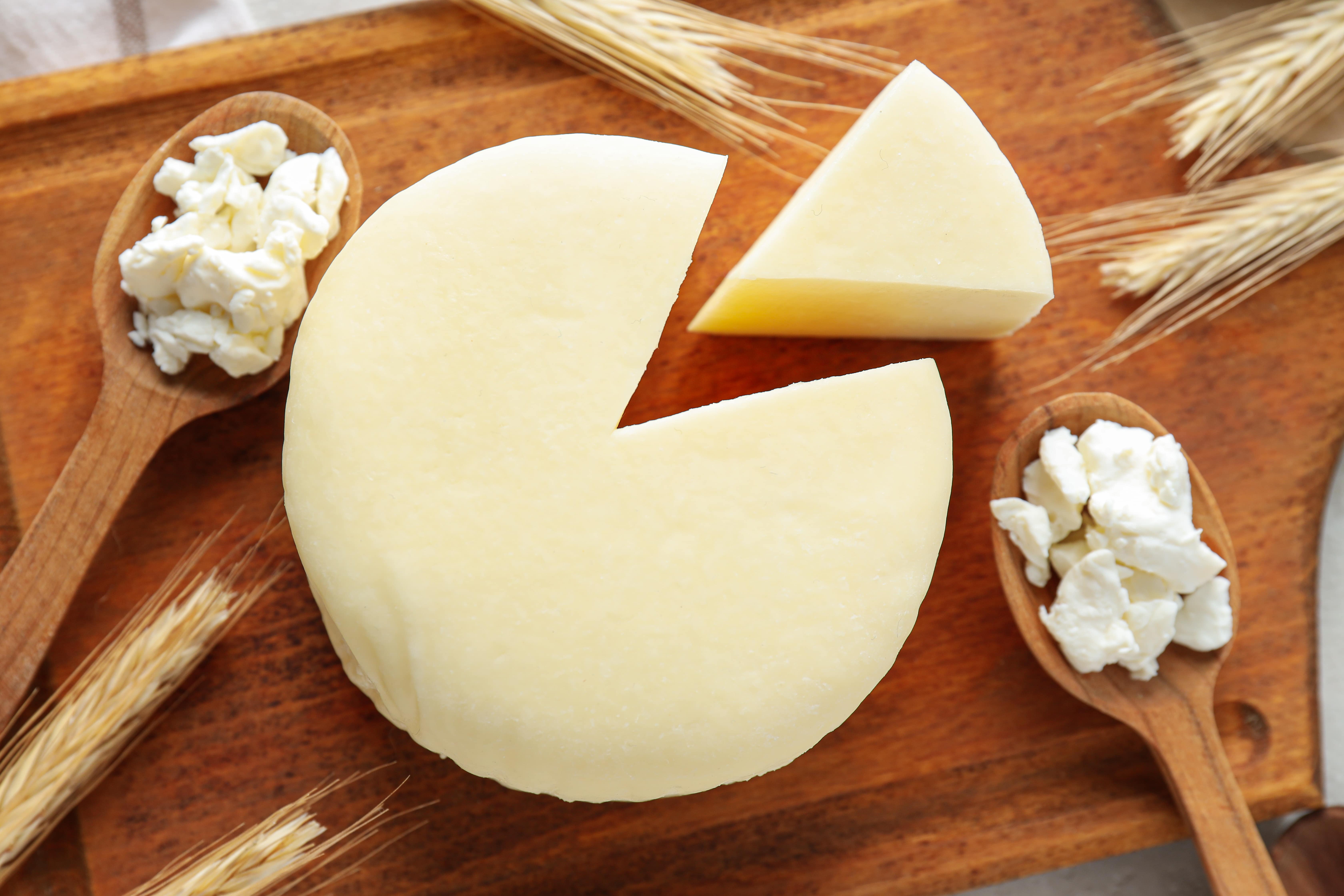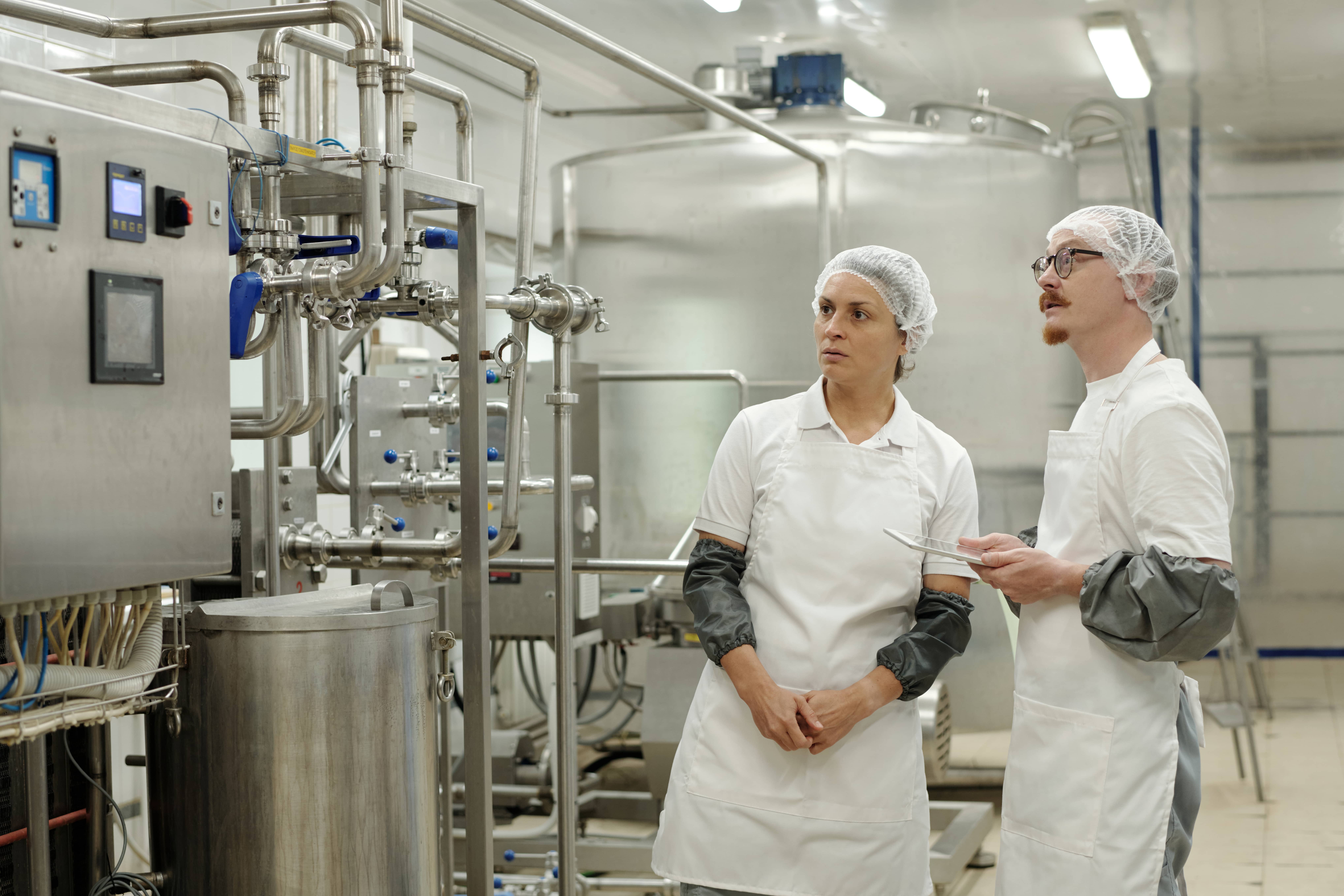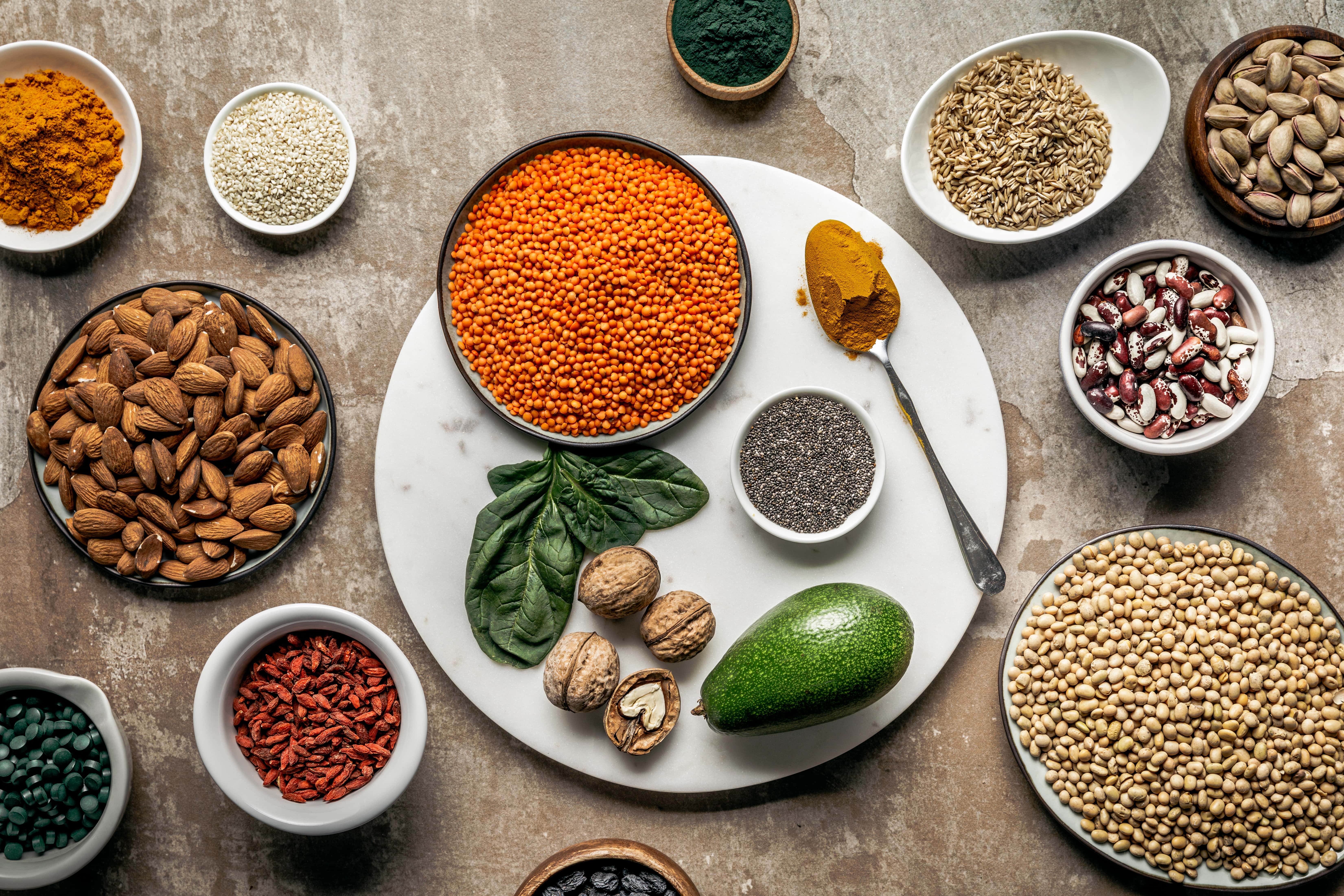Last Updated on May 21, 2025 by Admin
Table of Content
- What is Food Preservation?
- Objectives of Food Preservation
- Understanding Food Preservation Techniques & Methods
- Importance of Food Preservation Techniques
- Types of Food Preservation Methods with Examples
- Which Method of Food Preservation Would You Use?
Eating food that is unfit for human consumption is one of the major causes of food poisoning and common illnesses worldwide. WHO reports that one in 10 people suffer from food poisoning, estimated to be around 60 crores of people yearly, and result in 4,20,000 deaths every year. To prevent this, different ways of preserving food should be employed to bar the possibility of food spoilage.
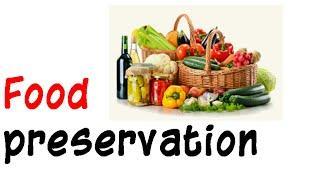
Food preservation protects food from microbial development, which differs from storing food in a covered container. Food stored properly is shielded from insects and flies, keeping it fresh for a little longer. However, it can’t help extend the food’s shelf life. Different kinds of food preservation methods can serve this purpose.
What is Food Preservation?
Food preservation refers to the process of handling and preserving food using certain techniques that stop or slow down spoilage. Food preservation techniques help prevent loss of quality, nutritional value and edibility. These practices have been essential for centuries as they allow people to store food for future consumption. Methods of food preservation are followed by all companies in the food industry to extend the shelf life of their products. However, these techniques are not only required for increasing the shelf life. They are also crucial to reduce food waste. There are various types of food preservation methods. However, all these methods aim to preserve food.
Objectives of Food Preservation
Below are the major objectives of the 5 methods of food preservation.
- The primary objective of food preservation is to inhibit the growth of microorganisms in food using methods like drying, freezing, canning and refrigeration.
- Food preservation techniques help retain the nutritional value of food items for longer.
- Proper preservation of food allows to reduce the risk of foodborne diseases caused by pathogens.
- These techniques help extend the usability of food. They also minimise food wastage, which is essential for food sustainability and security.
- Methods of food preservation increase convenience as they allow to easily have prepared food without needing to cook it.
Understanding Food Preservation Techniques & Methods
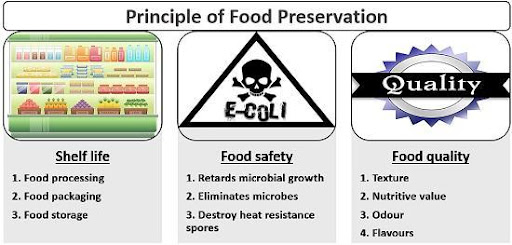
Food spoiling is simply the destruction or alteration of the food’s natural nutritional content, texture, flavor, odor, or color to the point that it becomes unsafe for consumption. Food may get spoiled for several reasons. The following is a list of a few food spoilage factors:
- 1. Microorganism Contamination: Microorganisms, invisible to the naked eye, are omnipresent. Some are beneficial, aiding in processes like fermentation, but others can be harmful when they contaminate food and water. Pathogenic microbes like E. coli or Salmonella can cause serious illnesses. Contaminated products may appear, smell, and taste normal, emphasising the importance of safe handling and preparation measures.
- 2. Insect Invasion: Insects, nature’s recyclers, play a vital role in our ecosystem. However, their food storage or crop intrusion can lead to substantial economic losses. Certain pests, like the grain weevil or pantry moth, can ruin stored food. Furthermore, they can introduce pathogens or produce harmful waste. Protecting food sources through integrated pest management and keeping foods in sealed containers can deter these unwanted guests.
- 3. Natural Enzyme Breakdown: Enzymes are proteins that speed up chemical reactions. Present naturally in all living organisms; they assist in various processes like digestion or ripening. However, unchecked enzymatic activity in foods can cause spoilage. Over-ripened fruits or discoloured vegetables are often victims of their enzymes. Refrigeration and food preservatives can help slow this natural breakdown, preserving freshness and nutritional value.
- 4. Physical and Chemical Changes to the Cells: Every time we cook, freeze, or even chop foods, we cause physical and chemical changes to the cells. For example, the crispiness of fried food comes from the evaporation of water within the cells and the Maillard reaction on the exterior. These changes impact texture, flavour, and nutritional content. Understanding these alterations helps optimise food processing methods, ensuring delicious and nutritious results.
- 5. Oxidation: Oxidation involves the transfer of electrons. In foods, this process can lead to spoilage or undesired flavours. Have you ever noticed a sliced apple turning brown? That’s oxidation in action. Fats and oils can become rancid through oxidation, compromising their taste and health benefits. Antioxidants, like vitamin C or E, combat this process. Packaging methods, like vacuum-sealing or using modified atmospheres, also help curtail oxidative damage, maintaining food quality.
Various food preservation techniques may prevent food from spoiling following harvest or slaughter. Food preservation methods go long back in history to prehistoric times. Drying, chilling, and fermentation are some of the earliest preservation techniques. Pasteurization, freezing, canning, irradiation, and the use of chemicals are examples of contemporary techniques. Modern food preservation has benefited greatly from advancements in packing materials.
Related Blog: Different Types and methods involved in Food Processing
Importance of Food Preservation Techniques
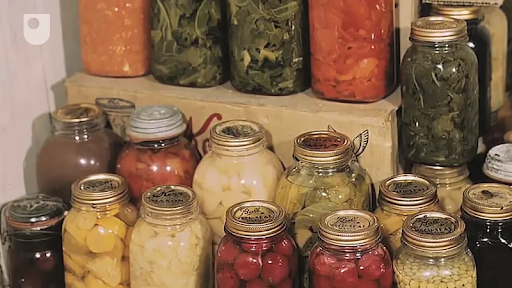
The main goal of food preservation is to keep food from spoilage before it is eaten. Nonetheless, there are additional reasons why this is crucial.
- Food preservation techniques prevent food from being wasted and keep it out of wet waste.
- It enables us to purchase products even during the off-season. Today, we have access to apples, cauliflower, and peppers all year round.
- Food preservation techniques keep the product from being ruined by microbial infections and enzyme activity.
- It lengthens the time that food may be stored.
- It enables us to get perishables from distant locations.
- Food preservation techniques maintain the food’s nutritional content, color, texture, and flavor.
Types of Food Preservation Methods with Examples
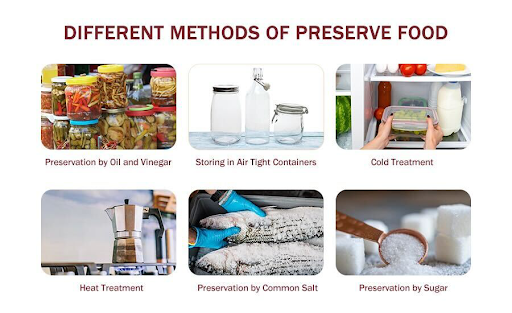
There are many types of food preservation methods used around the world. Here’s a list of some top 6 ways of preserving food:
Drying
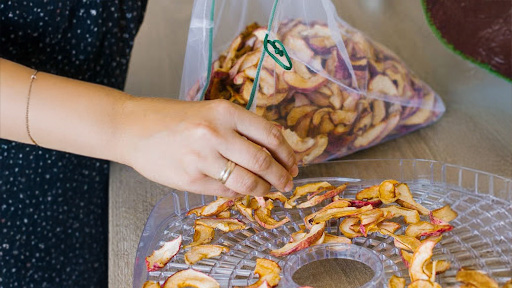
Drying is a time-honored method of food preservation. By reducing water content, this technique prevents bacterial development. Foods may be transported more readily since drying reduces weight. Food items can be stored by drying in the sun and wind. However, many advanced techniques have emerged, such as professional food dehydrators, shelf drying, spray drying, freeze drying, and home ovens. Using this technique, meat and fruits can be stored extensively long.
Benefits of Drying Method Of Food Preservation
- Prevents Spoilage – Removes moisture, inhibiting bacterial and fungal growth.
- Extends Shelf Life – Keeps food safe for months or years.
- Retains Nutrients – Preserves essential vitamins and minerals.
- Lightweight & Compact – Reduces storage space and transportation costs.
- Chemical-Free Preservation – No need for artificial preservatives.
- Enhances Flavor – Concentrates natural taste and sweetness.
- Versatile – Suitable for fruits, vegetables, meats, and herbs.
Smoking
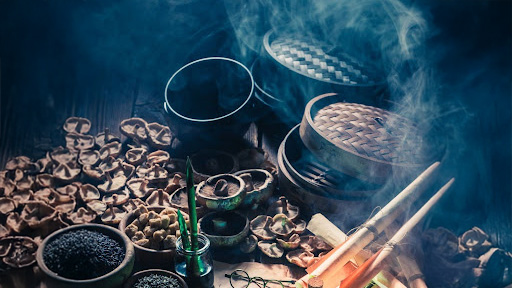
Food is prepared by smoking, subjecting it to the smoke from burning wood to prepare, flavor, and preserve it. Most of the time, meats and fish are smoke-cured because the smoke has antibacterial and inhibitor properties. A square measure has been smoked in various methods, including smoke preparation, cold smoking, hot smoking, and smoke baking. However, it must be noted that smoking increases cancer risk when used as one of the ways of preserving food.
Chilling

Chilling halts the activity of microbes and enzymes which leads to the decrease of spoilage and the increase to shelf life. It also preserves the texture and flavour of the food. Chilling is especially useful for perishable foods such as dairy, meat, seafood, and fresh produce by preserving food at temperatures between the freezing point and 5°C. Unlike freezing, no ice crystals are formed during this process, making it great for preserving food quality. Chilling is also effective as a natural preservative because it cuts down on food nutrient degradation. Appropriate chilling and refrigeration along with the right temperature and no cross contamination are required to control bacteria and ensure food freshness over an extended time period.
Freezing

One of the easiest, most practical, and speediest methods for preserving fresh vegetables is freezing. Food deterioration is decreased by freezing because the very low temperatures hinder the development of dangerous germs. When they are ripest and contain the most nutrients, fruits and vegetables may be cut and frozen at any time of the year.
Benefits of Freezing As A Food Preservation Technique
- Slows Down Spoilage – Inhibits growth of microbes and slows down enzyme functions.
- Increases Shelf Life – Keeps meat, fruits and vegetables safe for consumption for several months or years.
- Keeps Nutrients – Preserves vitamins, minerals, and anti-oxidants.
- Preserves Flavor and Texture – Prevents loss of moisture and degradation.
- Lowers Waste – Reduced food leftovers due to long-term storage.
- No Use of Chemicals – No preservatives or chemicals needed.
- Variety of Food Types – Good for fruits, vegetables, meats, milk, and fish.
- Saves Time – Allows for meal preparation in bulk.
- Effective and Fast – Instant freezing keeps quality and freshness for a long time.
Salting and Pickling

Salting preserves food by removing moisture, preventing bacterial growth, and extending shelf life. It is commonly used for meats, fish, vegetables, and grains, either through dry salting or brining. Pickling, on the other hand, involves acidic solutions like vinegar or fermentation, which lower pH levels to inhibit harmful microbes while enhancing flavor. This method is popular for preserving vegetables, fruits, and meats, with fermented pickles offering probiotic benefits. Both techniques retain nutrients and distinct tastes. Additionally, lemon or lime slices can help reduce food waste, ensuring safe and effective long-term storage when properly sterilized.
Fermentation

Fermentation has been used for centuries to preserve food, with lacto-fermentation converting carbohydrates into lactic acid, a natural preservative that prevents harmful bacteria. This process not only extends shelf life but also enhances nutritional value by increasing vitamin and mineral bioavailability. Fermented foods promote gut health through probiotics, improve flavor and texture, and help reduce food waste. As a chemical-free preservation method, it requires no artificial additives and is versatile for dairy, vegetables, grains, and beverages. Additionally, it supports a healthy microbiome, boosting immunity and aiding digestion.
Vacuum Packing

Vacuum packing extends food shelf life by removing oxygen, preventing bacterial and fungal growth. This method keeps food fresh, flavorful, and nutritious without preservatives. Commonly used for meats, cheese, coffee, and dried foods, it prevents oxidation and freezer burn. Vacuum sealing reduces food waste by enabling long-term storage while maintaining quality. It also enhances hygiene by preventing contamination and odor transfer. Suitable for both domestic and industrial use, it is an affordable and effective preservation method, ensuring safety, convenience in storage, transportation, and ease of food preparation with proper sealing.
Canning

Canning preserves food by sealing it in airtight containers and heating to kill bacteria, yeasts, and molds. It extends shelf life for months or years while maintaining flavor and nutrients. Common for fruits, vegetables, meats, and sauces, canning prevents spoilage by eliminating oxygen and microbial growth. Methods include water bath canning for acidic foods and pressure canning for low-acid foods. Proper sterilization and sealing ensure safety, making canning a reliable and effective method for long-term food storage.
Sugaring

Sugaring’s preservation is achieved by drawing out moisture from the food and preventing the growth of bacteria and fungi. It is mostly used on fruits, jams, jellies, and even candies. Sugar is a natural preservative which maintains and protects texture while enhancing the flavor. Some methods of sugaring include dry sugaring which involves coating the food item with sugar, as well as, preserving in sugar syrup. This technique increases shelf life, retains nutrients, and provides a safe food storage method while being free of chemicals and sweetness.
Irradiations

Food irradiation uses ionizing radiation to eliminate insects and microbes, enhancing food safety and extending shelf life. Similar to pasteurizing dairy, this process helps preserve fruits, vegetables, and other perishable items, making them safer for consumption over time. By reducing spoilage and contamination, irradiation ensures food remains fresh and retains quality for longer periods. This method is particularly beneficial for preventing foodborne illnesses and minimizing waste, offering a reliable solution for maintaining food hygiene while supporting long-term storage and distribution without the need for chemical preservatives.
Pasteurization
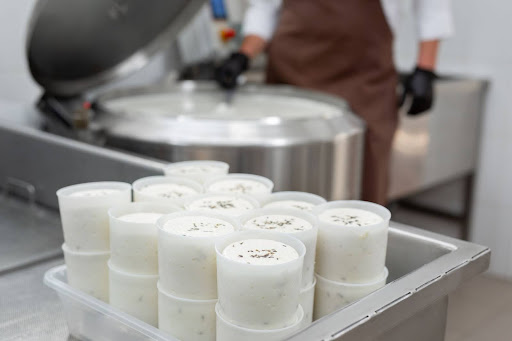
Pasteurization is a widely used food preservation method that involves heating packaged and unpackaged foods, such as milk and fruit juices, to temperatures below 100°C. This process effectively destroys harmful microorganisms, ensuring food safety and extending shelf life. By using gentle heat, pasteurization maintains the nutritional value and flavor of food while preventing spoilage. Commonly applied in the dairy and beverage industries, it helps reduce the risk of foodborne illnesses. This method provides a reliable, chemical-free way to preserve food quality and freshness for longer consumption.
Which Method of Food Preservation Would You Use?
The most appropriate method for preserving food varies by food category, storage facilities, and desired longevity. Freezing works well for meats and vegetables, while canning is excellent for fruits, sauces, and soups. Drying works for herbs and grains, whereas perishables can be preserved using vacuum packing. Both pickling and fermentation increase taste as well as gut bacteria health. Sugaring and salting works well for fruits and meat. Appropriate techniques aid in safety, quality, and effeteness in long term storage of the preserved food.
Takeaways
Eating spoiled food can lead to food poisoning, making it essential to consume fresh or properly preserved items. Food preservation techniques have been used for centuries to extend shelf life, ensuring long-term consumption. However, it is crucial to check the expiry period of preserved foods to maintain safety and quality.
Read Also – Importance of Food Preservation: Ensuring Nutrition and Sustainability
FAQs
The various methods of canning foods are:
- Water Bath Canning – Used for high-acid foods like fruits, jams, and pickles; involves boiling jars in water.
- Pressure Canning – Ideal for low-acid foods like meats, vegetables, and soups; uses high-pressure steam to kill bacteria.
- Raw Pack & Hot Pack – Raw pack fills jars with uncooked food, while hot pack pre-cooks food before sealing.
Ideal Foods for Vacuum Sealing
- 1. Meats & Seafood – Prevents freezer burn and extends freshness.
- 2. Fruits & Vegetables – Preserves texture and nutrients; some need blanching.
- 3. Cheese – Prevents mold growth and maintains flavor.
- 4. Nuts & Dry Goods – Protects from moisture and pests.
- 5. Coffee & Spices – Maintains aroma and potency.
- 6. Leftovers & Prepared Meals – Extends shelf life for easy storage.
- 7. Baked Goods – Prevents staleness and moisture loss.
Proper sealing ensures long-term food preservation and reduces waste.



